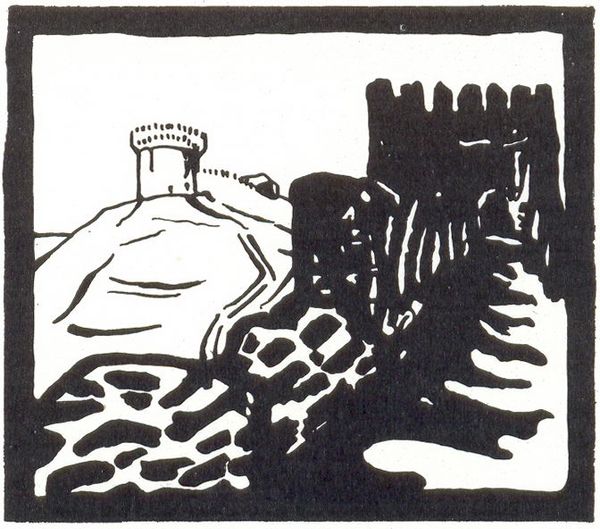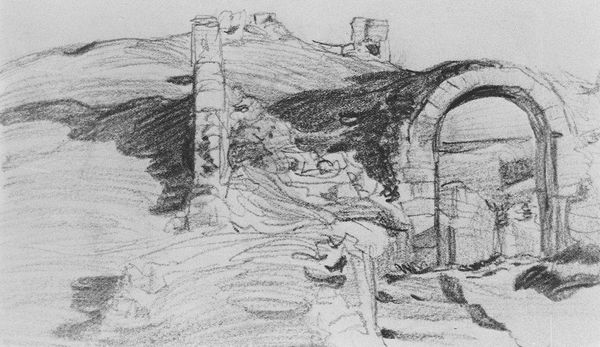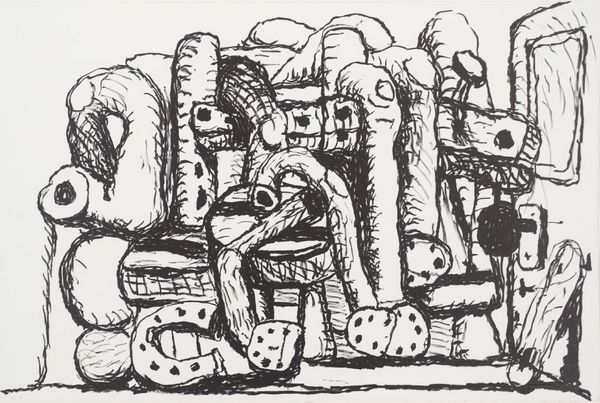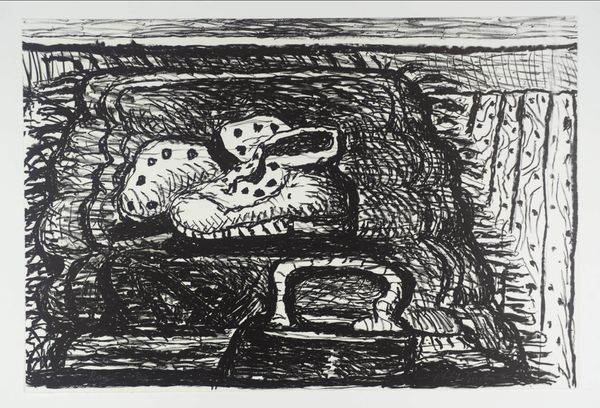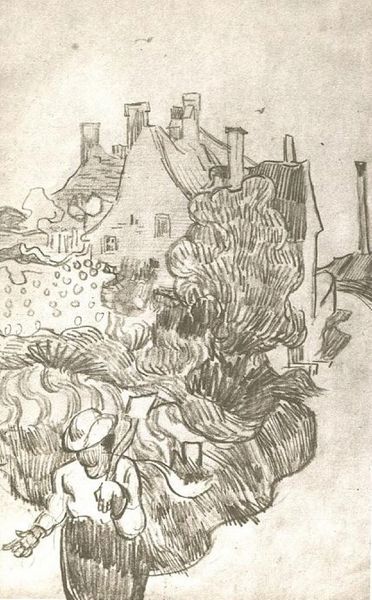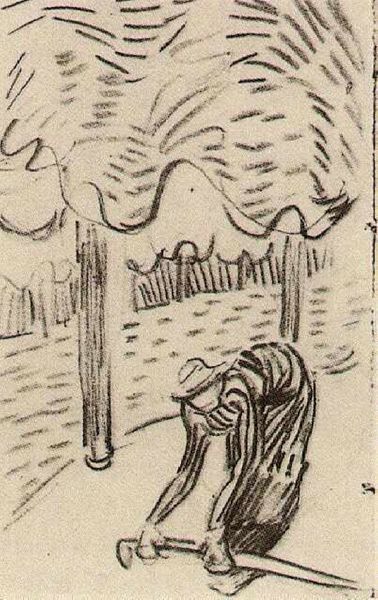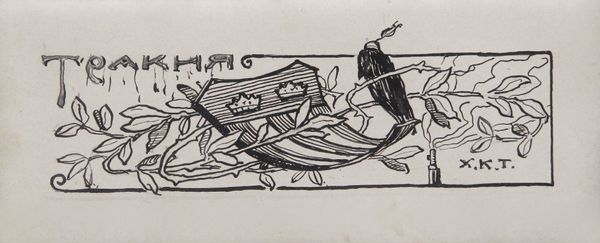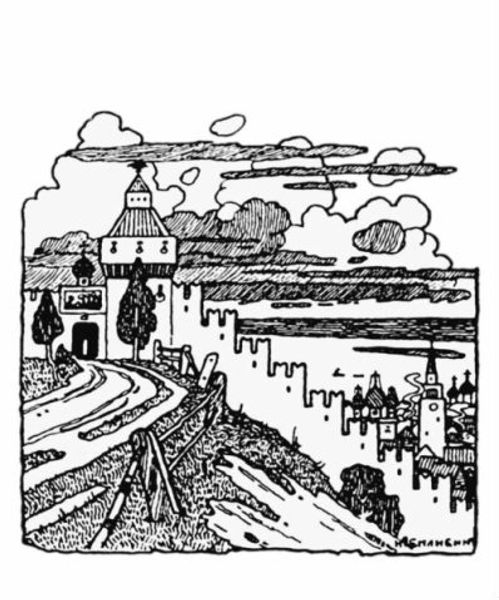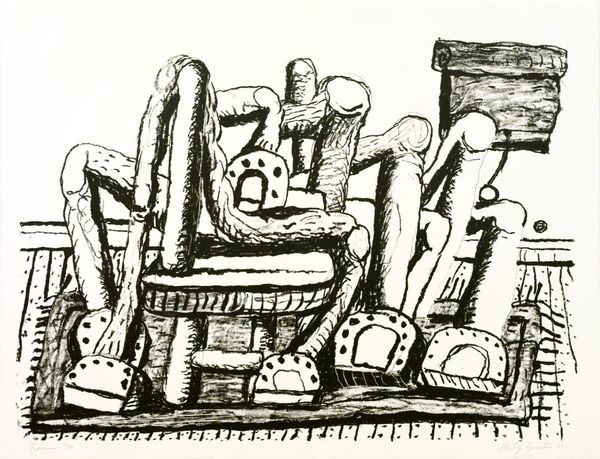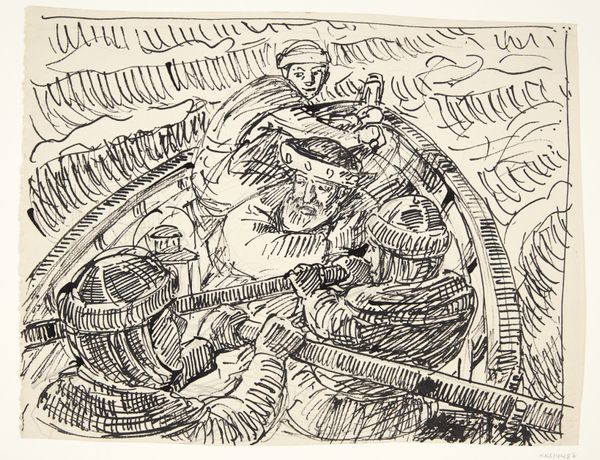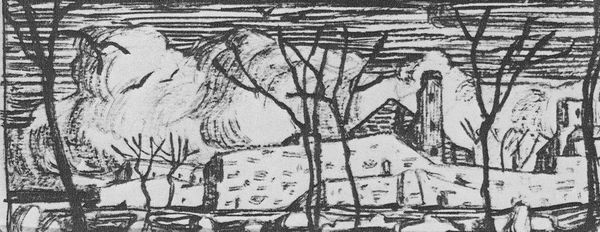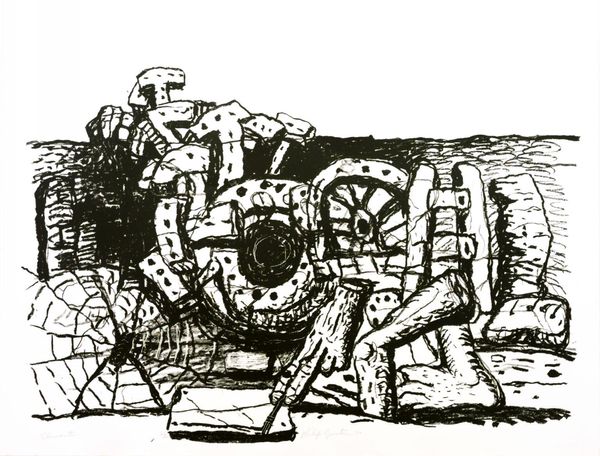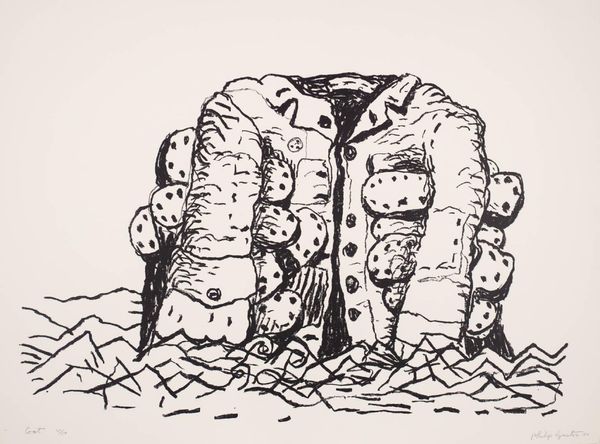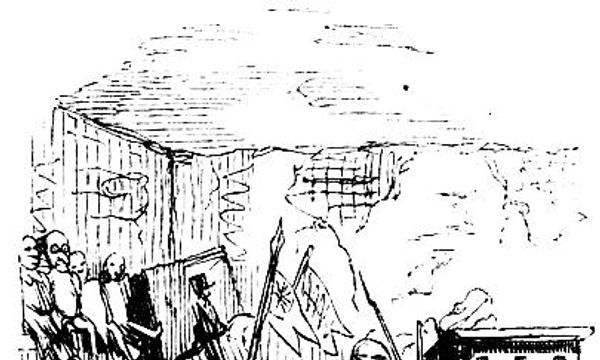
drawing, paper, ink
#
drawing
#
medieval
#
pen illustration
#
landscape
#
paper
#
ink line art
#
ink
#
cityscape
Copyright: Public domain
Editor: Here we have "Smolensk," a 1909 ink drawing on paper by Nicholas Roerich. There's something about the starkness of the ink that makes this cityscape feel ancient and almost forbidding. What's your take? Curator: Roerich was deeply engaged with history and cultural heritage. Smolensk, as depicted here, isn't just a city, but a symbol. A symbol of Russia’s medieval past, its defenses, and its cultural identity. How do you think this image might have resonated with audiences in 1909? Editor: I'd imagine it played into a sense of national pride, maybe? A reminder of Russia’s strength in times of conflict? Curator: Precisely. But it's also vital to remember the socio-political climate of the time. The early 20th century was a period of upheaval in Russia, with growing social unrest and questioning of established power structures. The depiction of a fortified, historically significant city like Smolensk serves as a deliberate commentary, subtly reinforcing notions of national unity and traditional values in the face of modern challenges. Editor: So the image isn’t just about history, but about contemporary anxieties too? Curator: Absolutely. Roerich is using the past to speak to the present. He’s reminding the viewer of the enduring strength and resilience embedded in Russian culture. It subtly asks: can this heritage provide a roadmap for navigating present difficulties? And the austere quality that caught your attention earlier only serves to reinforce that powerful sense of permanence. Editor: That really shifts my perspective. I was initially drawn to the aesthetic, but now I see it's layered with political and social meaning. Thanks! Curator: My pleasure! These visual connections to culture remind us that all art lives in conversation with social and political power.
Comments
No comments
Be the first to comment and join the conversation on the ultimate creative platform.
